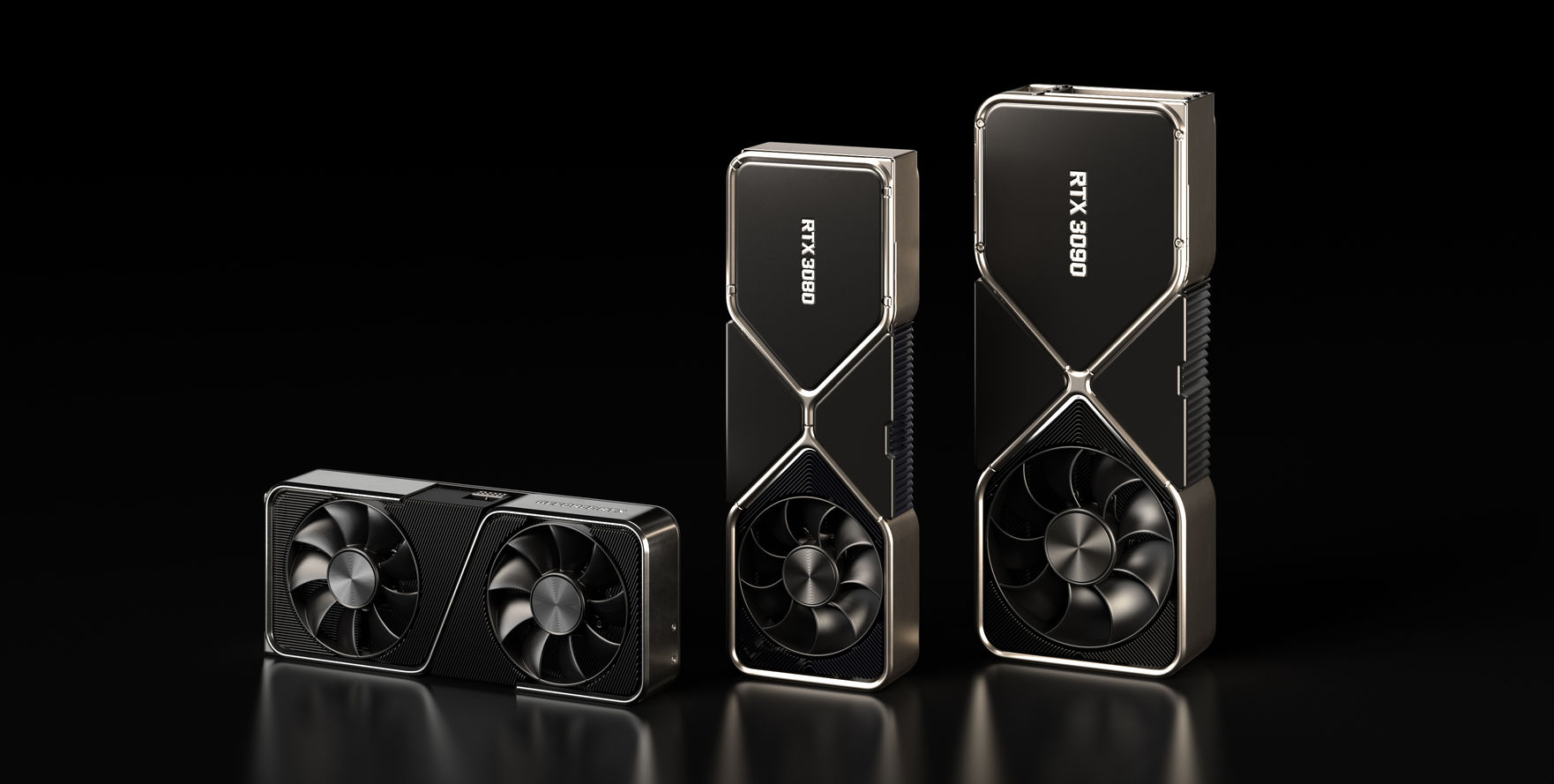Associate
- Joined
- 13 Jun 2012
- Posts
- 394
hard to get excited by the N33 when the N22 will likely have a very similar cost, and come with:Do you think we will get Navi33 graphics cards in April?
No sign of Navi32 yet, not sure these are production ready.
But Navi33 is definitely shipping out in mobile devices. Can't say that's exciting for PC gaming, but it might be all we get.
12GB mem / 192bit bus
96MB infinity cache
more transistors
similar performance.
price better be [very] competive, i.e. closer to £250 for the fully-enabled variant - or i might as well pick up an N22 for ~£300.







